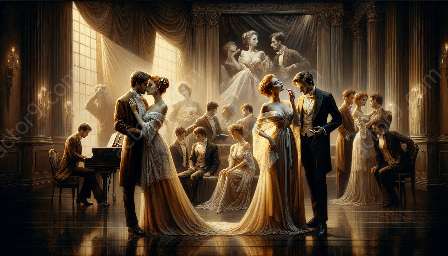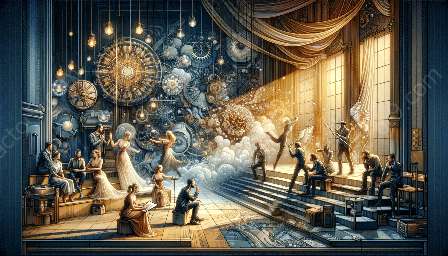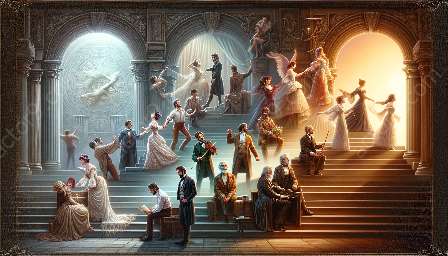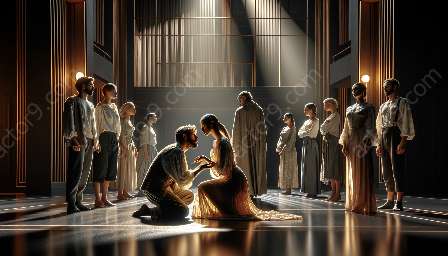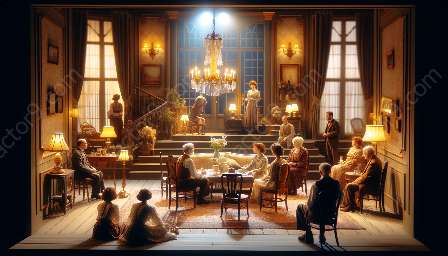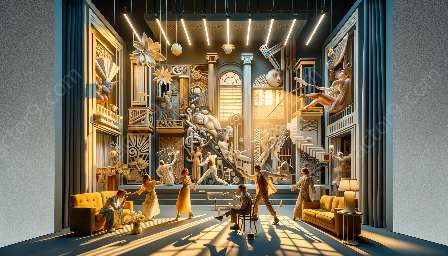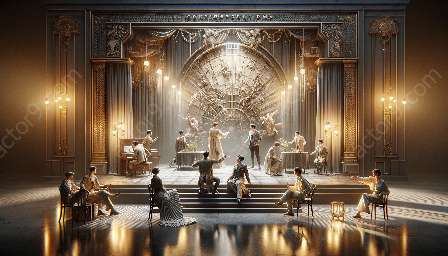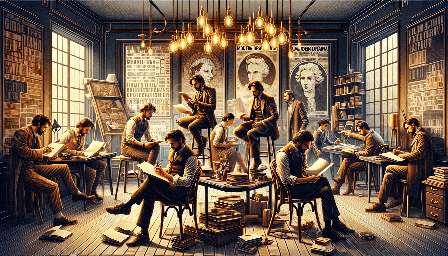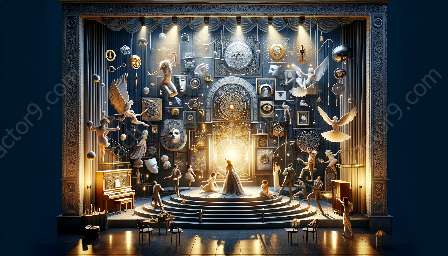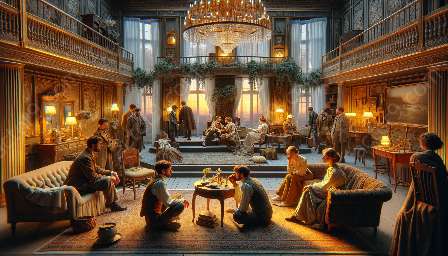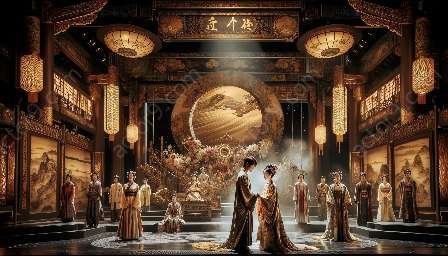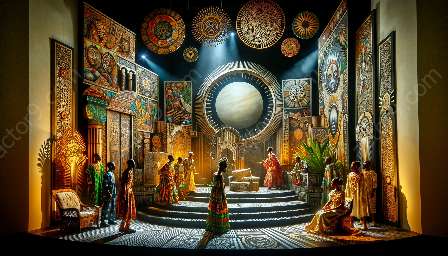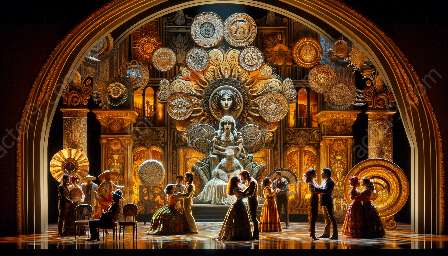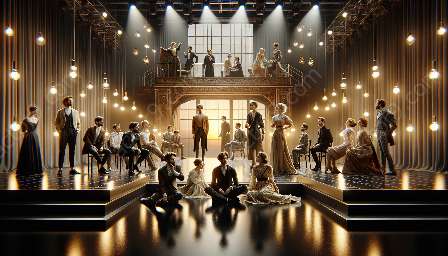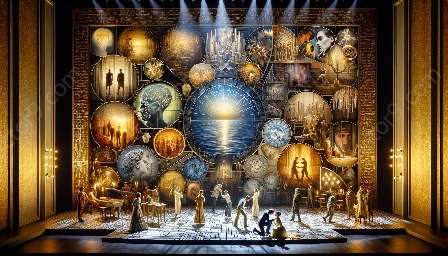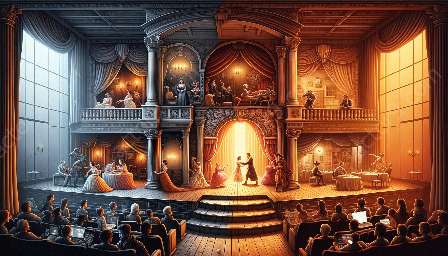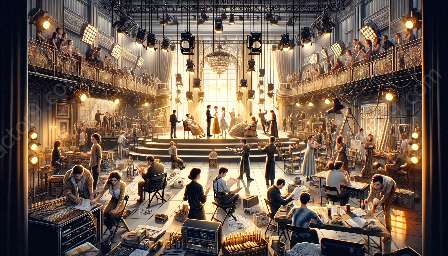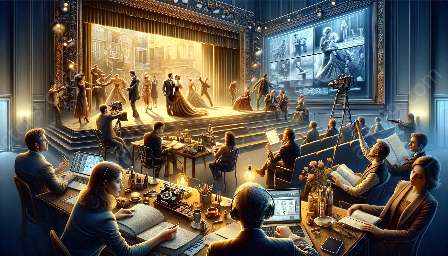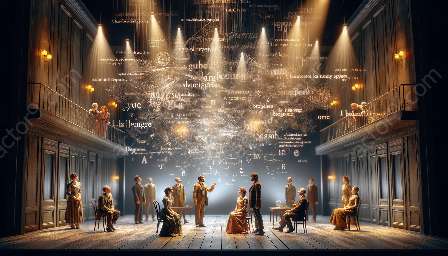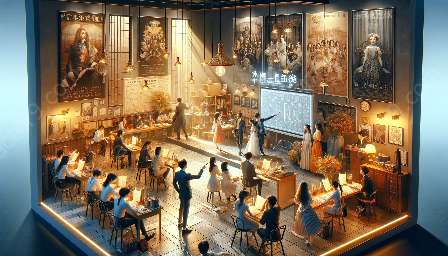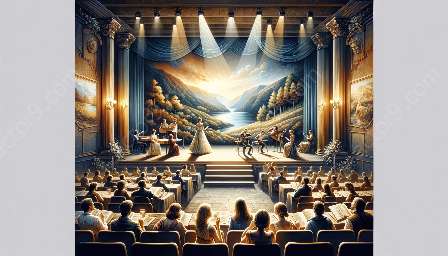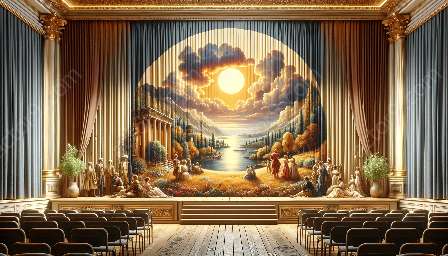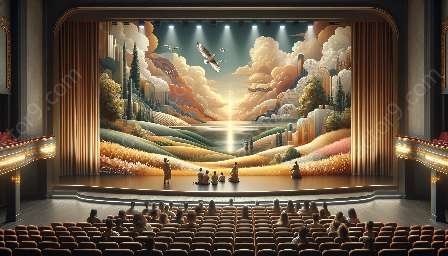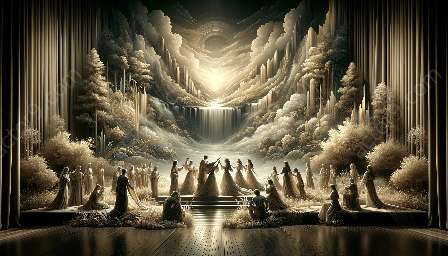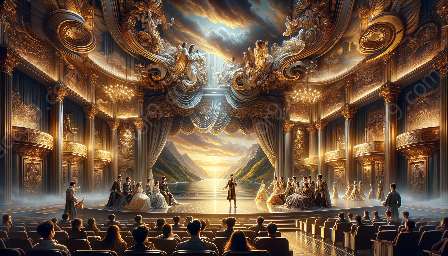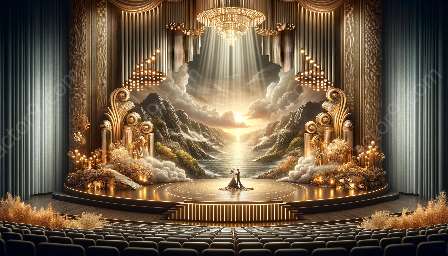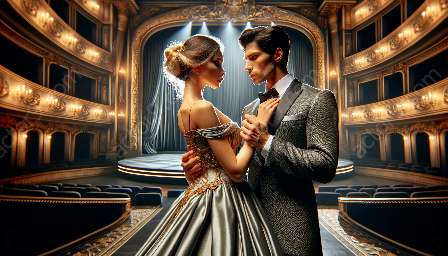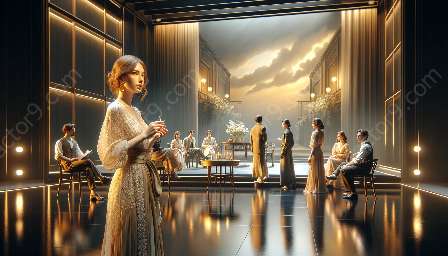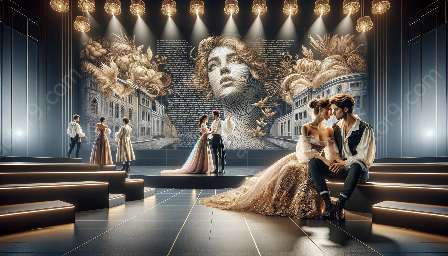Modern drama has evolved in tandem with advancements in technology, and the integration of multimedia has significantly impacted the way stories are told on stage. This topic cluster delves into the intersection of technology, multimedia, and modern drama theory to explore the innovative ways in which these elements come together to create compelling theatrical experiences.
The Evolution of Modern Drama
To understand the influence of technology and multimedia on modern drama, it's essential to trace the evolution of modern drama itself. Modern drama emerged as a response to the profound social, political, and technological changes of the late 19th and 20th centuries. Playwrights and theater practitioners sought to reflect the complexities of modern life and explore new forms of artistic expression.
As modern drama continued to evolve, it became increasingly open to experimentation and innovation. This receptivity to change set the stage for the integration of technology and multimedia into theatrical productions, allowing for new modes of storytelling and audience engagement.
Technology and Multimedia in Contemporary Theater
In the contemporary theater landscape, technology and multimedia have become integral components of modern drama. From projection mapping and interactive digital displays to virtual reality experiences, the possibilities for incorporating technology into theatrical presentations are vast.
Moreover, multimedia elements such as video projections, soundscapes, and interactive installations are redefining the boundaries of traditional stagecraft. These innovations offer directors and playwrights a diverse toolkit for creating immersive, visually stunning productions that resonate with modern audiences.
Modern Drama Theory and Multimedia Integration
Modern drama theory provides a framework for understanding the ways in which technology and multimedia intersect with theatrical storytelling. The incorporation of multimedia elements into modern drama raises thought-provoking questions about the nature of performance, the role of the audience, and the relationship between live and mediated experiences.
Furthermore, modern drama theory encourages practitioners to critically examine the impact of technology on narrative structure, character development, and the overall theatrical experience. By exploring these theoretical underpinnings, theater professionals can harness the power of multimedia to enrich and expand the expressive potential of modern drama.
Enhancing Audience Engagement and Immersion
Technology and multimedia in modern drama have the capacity to enhance audience engagement and immersion in profound ways. By leveraging interactive elements, augmented reality, and digital storytelling techniques, theater creators can craft dynamic, multi-sensory experiences that invite audiences to actively participate in the narrative unfolding on stage.
Moreover, the integration of multimedia can foster greater inclusivity by accommodating diverse sensory perceptions and offering alternative modes of engagement for individuals with varying abilities. This inclusivity aligns with the ethos of modern drama, which aims to reflect and resonate with the complexities of contemporary society.
Challenges and Considerations
While the integration of technology and multimedia presents exciting opportunities for modern drama, it also entails certain challenges and considerations. Theater practitioners must navigate issues related to technical execution, budgetary constraints, and the preservation of the live performance experience amidst the proliferation of digital elements.
Additionally, ethical and philosophical questions arise as technology continues to reshape the landscape of human communication and expression. As such, modern drama theory serves as a critical lens through which to engage with these complex considerations and ensure that the integration of technology into theatrical productions aligns with the core values of artistic integrity and human connection.
Conclusion
The relationship between technology, multimedia, and modern drama is an ever-evolving tapestry of innovation, experimentation, and critical inquiry. As practitioners and scholars continue to explore this dynamic intersection, the potential for groundbreaking theatrical experiences that push the boundaries of storytelling and audience engagement remains ripe with possibilities.
By embracing the opportunities presented by technology and multimedia, modern drama can continue to captivate and provoke audiences, offering a reflection of our rapidly changing world through the lens of creative expression and technological advancement.

